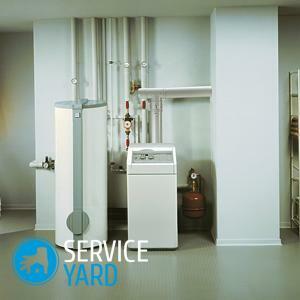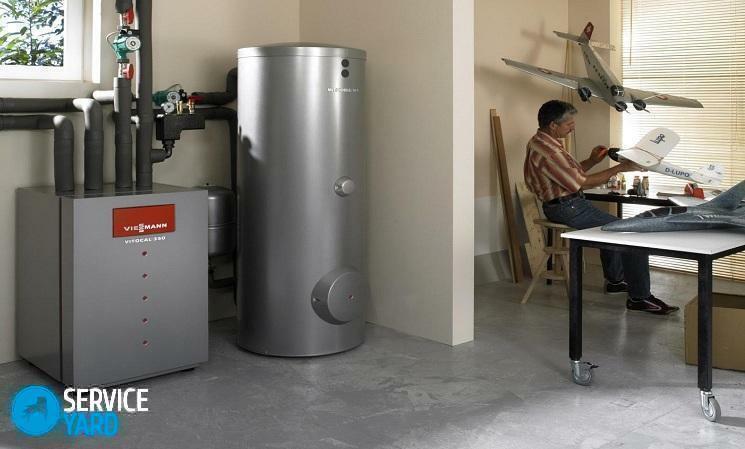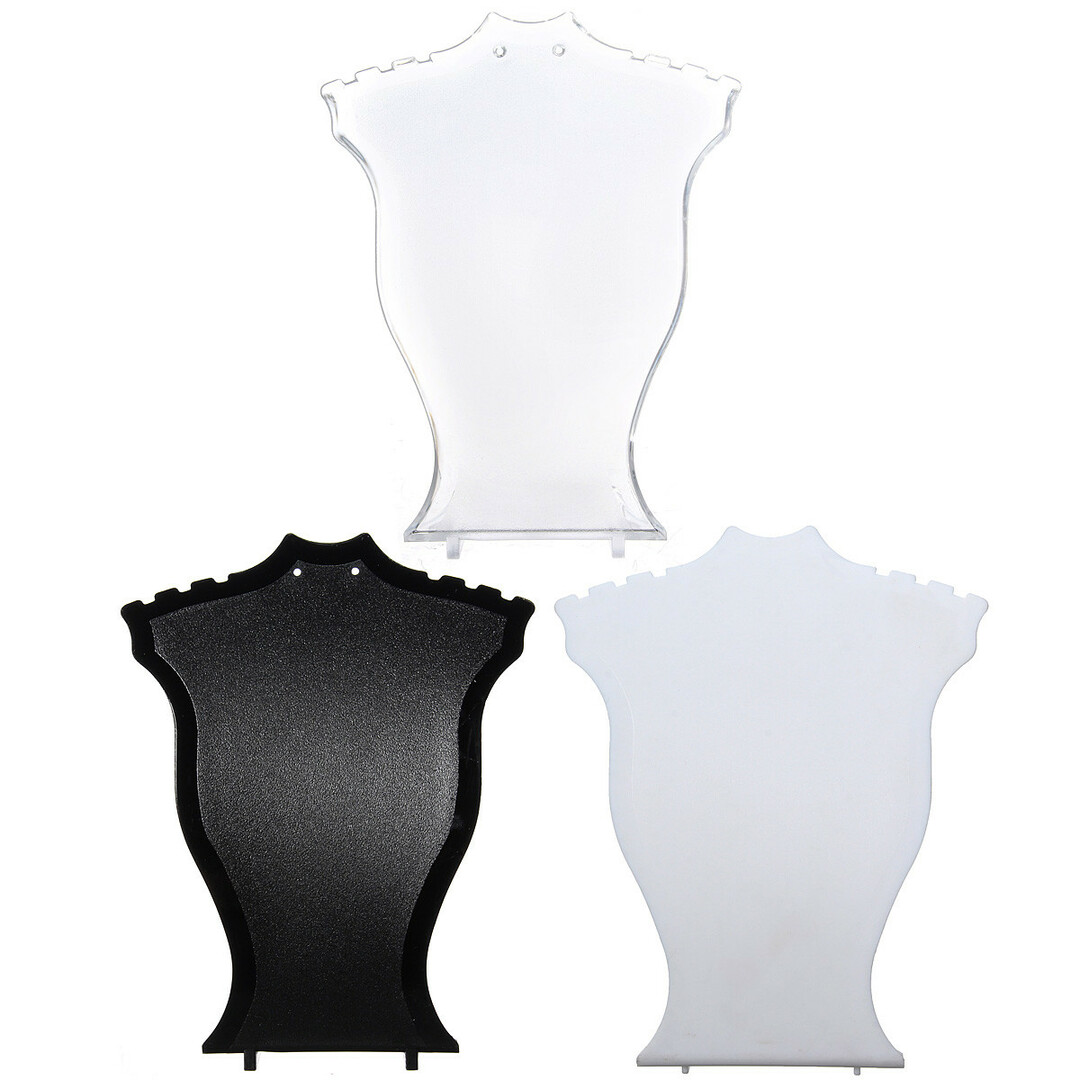
- Why do you need an accurate power calculation?
- Input for calculation
- Heat loss accounting
- Accounting for dispersion factor
- Special calculation programs for
Despite a large number of options for heating private houses, many people prefer the proven option - gas or solid fuel boilers. Such an aggregate is reliable and durable, does not require complicated maintenance. In addition, the variety of models makes it possible to accurately select a device for a particular room. Power - the main characteristic of heating appliances. It is on how well the device is chosen, the comfort of the home microclimate, the economy, the safety of the boiler, its working life depends. In this article we will consider how to choose a boiler for heating a private house in terms of power, what factors still need to be taken into account.
to the contents ↑Why do you need an accurate power calculation?
The choice of the boiler is based on accurate calculations that allow to have an idea of the real heat losses of a private house:
- The purchase of a device with a surplus resource leads to unjustified fuel costs.
- The low-power unit will not be able to heat the living quarters in a qualitative way. In addition, working at the limit of opportunities, it will quickly fail.
Important! How to choose a pot around the area of the house in the simplest way? The simplest calculation of the boiler is 1 kW of power per 10 "squares" of housing plus a reserve of 15-20%.For example, to heat a house of 100 m², you need a boiler for 12,000 watts. This calculation is very enlarged and approximate. It can be used only for buildings with good thermal insulation, with low ceilings and for regions with mild climate. Naturally, not all private houses meet these requirements.
to content ↑Input for calculating
For a house made according to a standard design, with a ceiling height of 3.0 m, it is not difficult to calculate the required capacity of the heating device. Let's consider how the selection of a gas boiler for a private house is done by area. The calculation is based on 2 parameters:
- Total area of the house.
- Boiler specific power. This indicator varies for different climatic zones.
The value of QMS is:
- For the southern regions - 0,7-0,9 kW.
- For the middle band - 1.0-1.2 kW.
- For northern regions - 1,5-2,0 kW.

The formula for calculation will look like this: M = S x UMK / 10, where
- M is the boiler output, kW.
- S - house area,
- UMK - specific power of the boiler.
Important! For example:
- The value of the sought-for indicator for a house with a quadrature of 100 m², located in the southern region, is: M = 100 x 0.9 / 10 = 9 kW.
- For the same construction in the northern regions, the same indicator for a boiler is: M = 100 x 2/10 = 20 kW.
As you can see, the difference is more than twice. If you want to install a dual-circuit unit, increase the figure obtained by the calculation by 20%.
to content ↑Heat loss calculation
Even the above calculation is not accurate. For the correct choice of the heating device, you need to have information about the actual heat loss. One house is well insulated, and in the other - old frames of a dried up tree and a wall one brick thick. The heat loss in these structures, of course, will be different.
Important! According to experts:
- The biggest heat leakage( about 35%) falls on insufficiently insulated walls.
- Approximately a quarter of the heat loss is due to a non-insulated or poorly insulated roof.
- Insufficiently thought-out floor insulation causes about 15% of heat leakage.
- Only 10-15% of heat losses are caused by ventilation and open windows.
As you can see, the simplest formula for accurate calculation is clearly not enough. In each specific case, the power count will be individual.
to content ↑Accounting for dispersion factor
This coefficient is one of the most important indicators of heat exchange between the room and the external environment. The calculations take as a basis such values of this coefficient:
- 3,0-4,0 - for buildings in which there is no thermal insulation. Most often these are temporary buildings made of wood and metal.
- 2,9-2,0 - for buildings with a minimum thermal insulation. These are thin-walled houses with unheated walls, the simplest roof construction and wooden frames.
- 1.9-1.0.This value of the coefficient of dispersion corresponds to the average level of insulation( a brick house with insulated or double walls, with a heated roof and an attic space, with double glazed windows).
- 0.6-0.9.This coefficient is used for houses built using modern technologies and materials. They are characterized by a well-designed ventilation system, insulated floor and roof, mounted windows with good thermal insulation.
Important! The most accurate formula for calculating the possible heat loss: Qт = V * Рt * k / 860, where
- Qт - possible heat loss;
- V - the volume of the room.
- Ht is the difference between the desired room temperature and the minimum external air temperature characteristic of these latitudes;
- k - diffusion coefficient.
We calculate heat loss for a house of 100 "squares" with 3 m high ceilings, average level of thermal insulation:
- The desired room temperature is +20 degrees.
- The minimum air temperature for a given region is the same 20 degrees, but with a minus sign.
- Qt = 300 x 40 x 1.9 / 860 = 26.5 kW.
- Given the stock, we multiply the figure by 20%: 26.5 x 1.2 = 31.8 kW.
- Rounding out the figure to the nearest whole number, we get a power of 32 kW.
This calculation allows you to select a boiler with a sufficiently high accuracy, taking into account the climate in the region and the characteristics of the structure.
to the contents ↑Special calculation programs
You can use various programs and online calculators to calculate. The advantage of such programs is that a large number of different factors are taken into account:
- The desired air temperature in the room.
- Average temperature in the cold season.
- Need for hot water supply.
- Number of Floors.
- Presence or absence of forced ventilation system.
- Ceiling height.
- Wall thickness, overlap characteristics.
- Number of windows, their sizes and characteristics( number of chambers, thickness of glasses).
By filling in the form fields, you get the exact value of the initial power, and then select the device according to the characteristics.
Now you know several ways how to calculate the power of a solid fuel boiler by the area of the house. If the calculations seem too complicated for you, or if you are afraid of making mistakes, contact a specialist.

